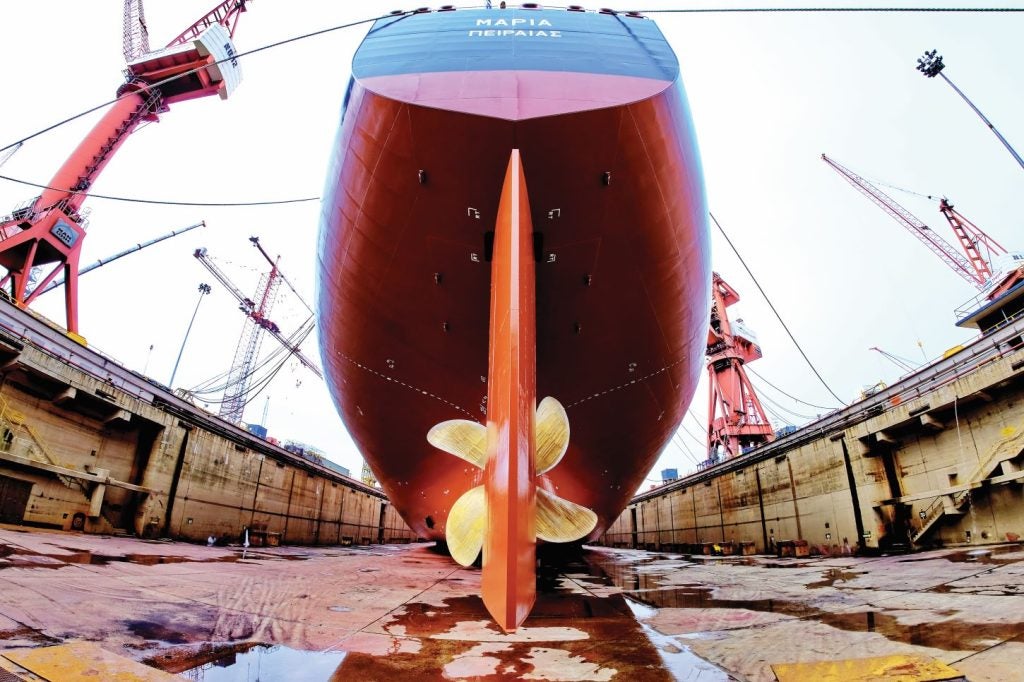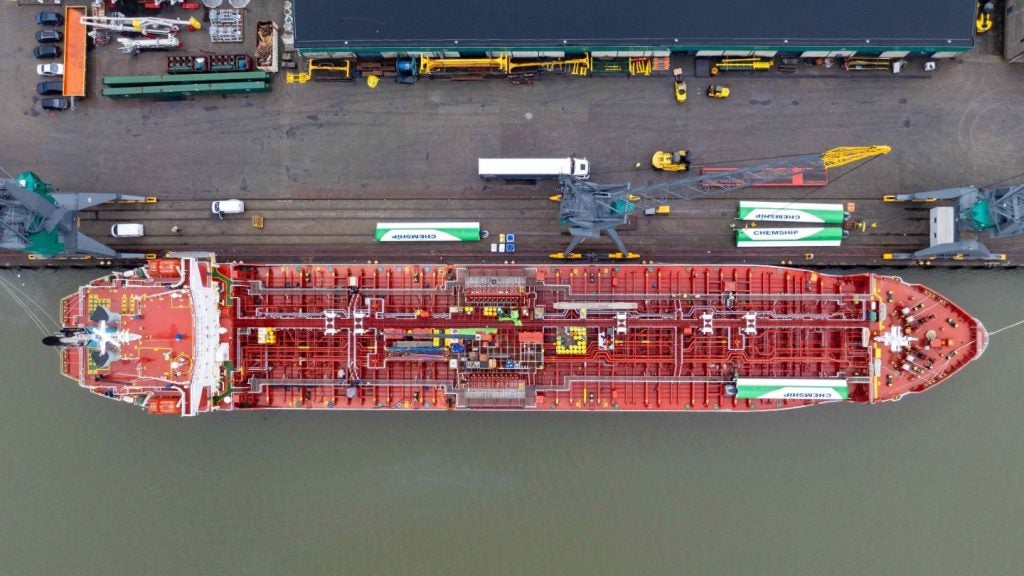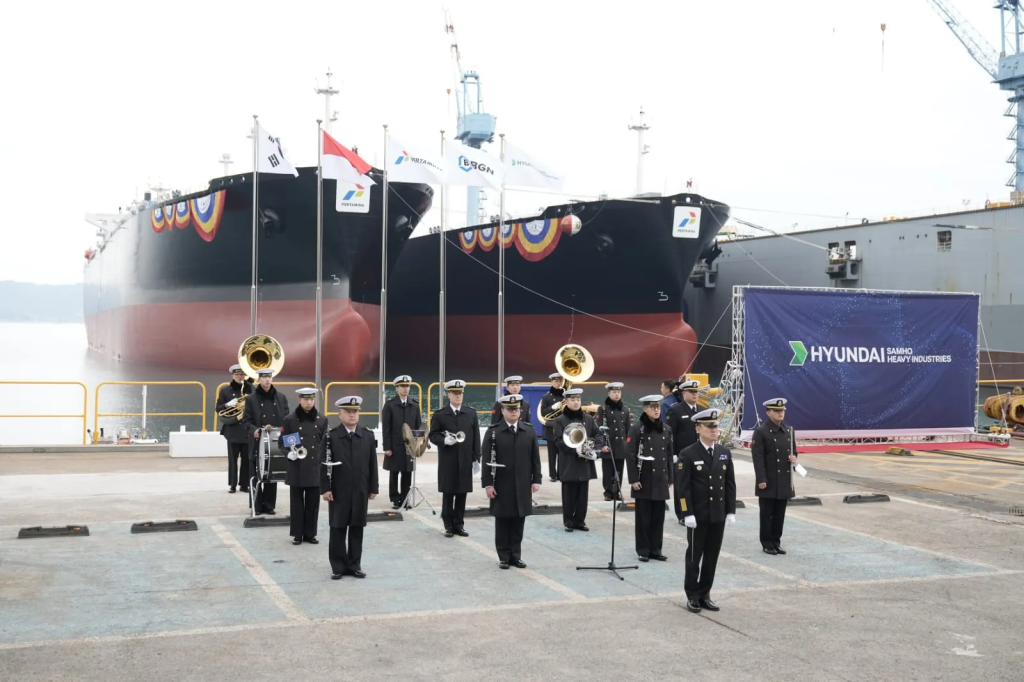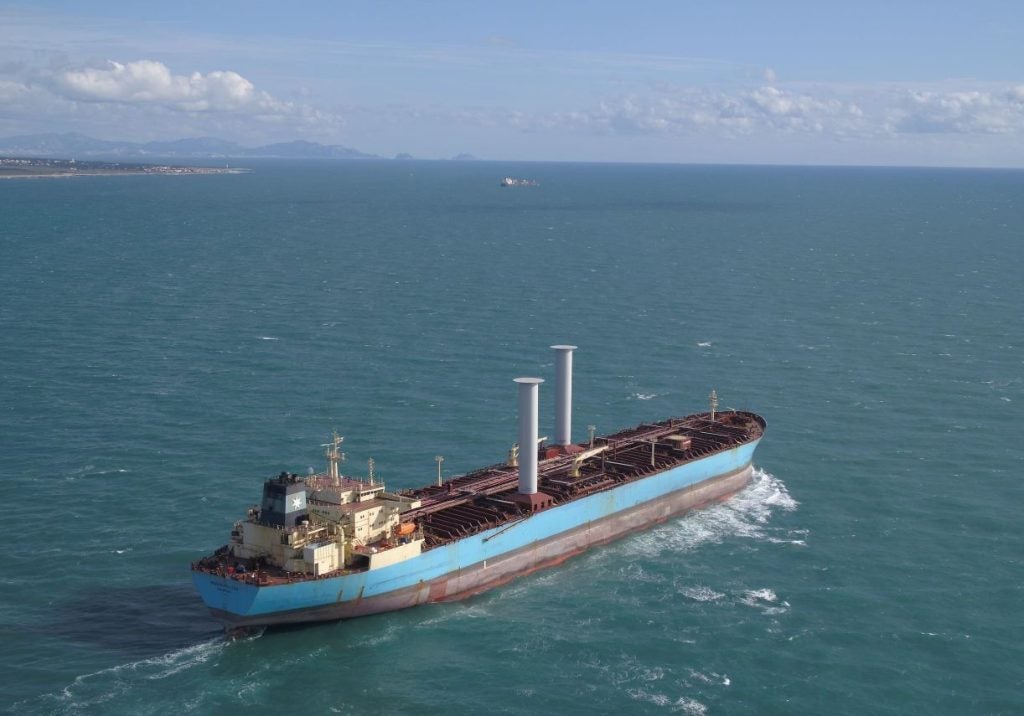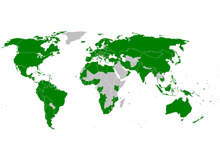
In April last year, the tanker order book contained 159.9 million tons deadweight (dwt) new orders. It is forecasted that 322 VLCC (petroleum tankers), Suezmax, LNG and LPG tankers will be delivered by 2010. If this prediction is true, a 16.3% increase will be seen on the present active fleet.
This addition is a result of increased pace of tanker deletions and increased crude oil production. But while growth may sound good, an increased fleet could lead to unutilised capacities in a scenario quite similar to the 1970s.
During the Arab oil embargo in 1973, the shortsightedness of tanker operators hoping to gain from high spot prices coupled with a lack of consolidation in the tanker industry left the industry with surplus capacity, which remained until the 1990s. As a result, the industry slumped.
The MARPOL act and tanker deletion
The tanker deletion or the phasing out of tankers is the pivotal issue affecting the tanker industry today. This has been triggered by International Maritime Organisation (IMO) regulations that aim to phase out single-hull (SH) tankers by 2015.
The VLCC fleet, which constitutes 40% to 50% of the existing fleet capacity or 18dwt to 20dwt is likely to be deleted by 2010. The deletion follows the IMO revision to its Marine Pollution Convention Act (MARPOL), which mandates that all single-hull VLCC and Suezmax tankers more than 25 years old are to be phased out before their anniversary date.
How well do you really know your competitors?
Access the most comprehensive Company Profiles on the market, powered by GlobalData. Save hours of research. Gain competitive edge.

Thank you!
Your download email will arrive shortly
Not ready to buy yet? Download a free sample
We are confident about the unique quality of our Company Profiles. However, we want you to make the most beneficial decision for your business, so we offer a free sample that you can download by submitting the below form
By GlobalDataSuezmax tankers that do not pass the condition assessment scheme (CAS) under the MARPOL act are also likely to be phased out by 2010.
The requirements of the CAS include enhanced verification of the reported structural condition of the ship and verification of the documentary and survey procedures. Even the SH tankers that are likely to pass the CAS are expected to be deleted by 2015. This expected shortage has created a bulk of new orders.
In addition to changes in the MARPOL act, the tanker deletion has been necessitated by a tanker spill accident. In 2006, Bright Artemis spilled 4,500t of crude into Indian Ocean. In the same year, a Petron tanker sank in the Guimaras Strait in the Philippines and leaked 2.1 million litres of fuel oil and one year later, in South Korea, Hebei spilled 10,800t of crude oil. These tanker accidents in the high seas led to South Korea and the Philippines placing a ban on SH tankers much ahead of schedule.
Tanker operators have also been converting SH tankers in crude oil sector to dry bulk and ore carriers. This is the result of changes in regulation as well as a growing demand for dry bulk products including petroleum coke, coal, fertilisers, grains, scrap metal, steel plates, steel coils, sugar, crushed glass and numerous other commodities. The conversion process is easy and relatively less cost intensive. In 2007, 5.9 million tons deadweight of SH tankers was converted to dry bulk and ore carriers.
The real impact of tanker deletions
The tanker deletion is expected to influence the deficit in tanker capacity.
Some studies have exaggerated the affect of deletion and have suggested the building of new units to offset falling tanker capacities. But an in-depth analysis reveals that excess addition to the tanker fleet will lead to surplus capacities and poor utilization rates.
This will eventually be ensued by depressed freight charges and long-term loss for operators.
There are currently 164 SH crude oil tankers above 120,000dwt of which 76% are of the VLCC type. The 124 active SH VLCC tankers have a combined carrying capacity of 34.7 million tons. Seven tankers will be more than 25 years old and will be phased out by 2010 on their anniversary date. Most of the remaining tankers pass the CAS scheme and could potentially trade up until 2015. In addition, Japan, Singapore and the US have permitted the use of SH tankers up to 2015.
Saudi Arabia’s stance on MARPOL is still ambivalent so contrary to the studies that have estimated phasing out of 70% of SH VLCC tankers, only 40% to 50% will be leaving the industry by 2010. In 2007, only 11 VLCC tankers left the global fleet against industry expectations of about 30 tankers. And even though the phase-out process will peak by 2010, the majority of the deletions will continue beyond 2010.
This report is available to purchase via GlobalData’s Report Store.



